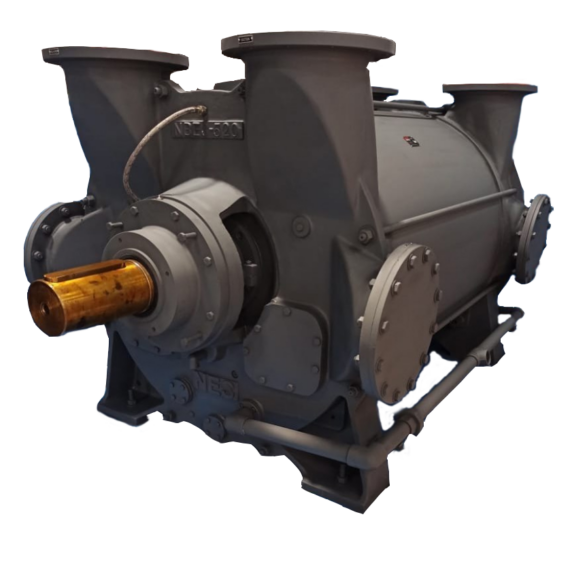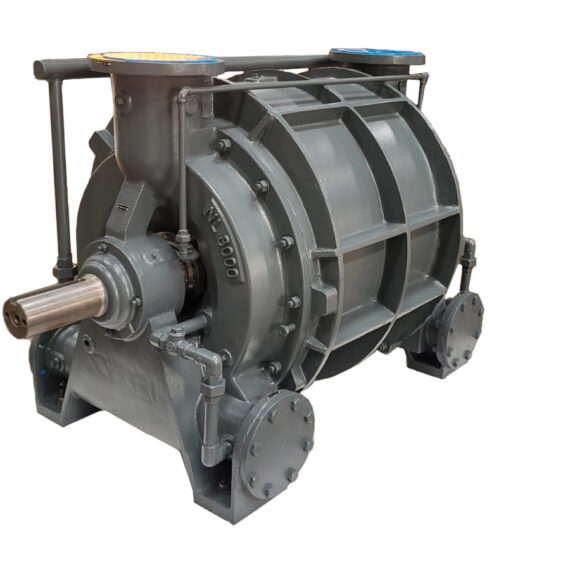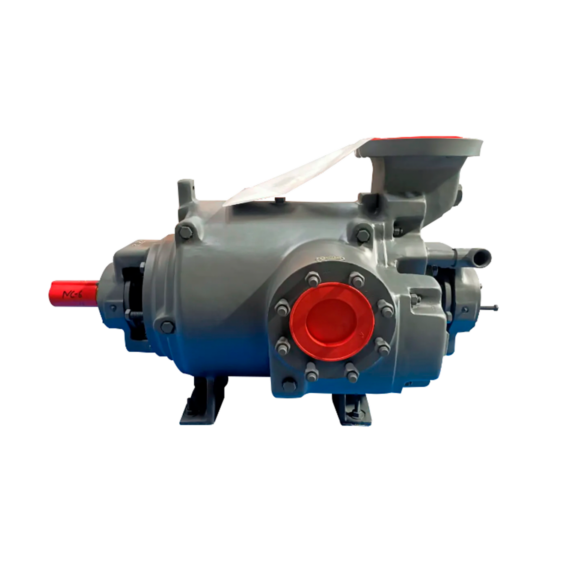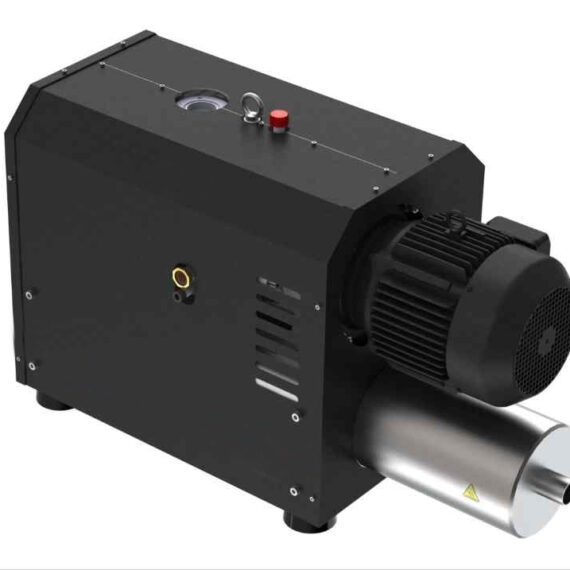
The NES Perspective: Vacuum Pumps and Compressors for Building Materials
Building materials today require strength and beauty over long periods of time, only developed through processes powered by vacuum and pressure systems. These systems shape, reinforce, and finish materials, using modern means to meet modern demands.
- Bag Lamination and Pressing
- CNC Routing Table Vacuum
- Material Impregnation
View our Products
Modern building materials are beyond just simple structural support; materials need to be able to accommodate the unique shapes which define today’s aesthetics and longevity while meeting the ever-stringent environmental codes that continuously develop further. These materials are shaped, bonded, and finished under carefully controlled conditions which are shaped themselves by pressure control that ensures strength, consistency, and efficiency from raw stock to end product.
Vacuum bag lamination is used in manufacturing an array of materials such as composite panels and laminated that are assembled using layers of veneers, fiberglass, carbon-fiber, and more. These layers are carefully selected and positioned in a mold, which is placed in a vacuum bag. In between the layers are resins or other chemical agents which bond the individual components together to create one coherent form from the mold.
Material impregnation uses vacuum to fill porous materials like wood or cement board with chemical agents from the inside. These agents exhibit desirable properties that can make wood fire-retardant, weather-resistant, dust-wicking, and even insect-repelling, changing the woodworking industry forever. Cement can become stronger and exhibit higher tensile strength, covering its weaknesses and making for a more reliable construction material.
CNC machining is another critical process for many building materials as sheets are shaped and engraved into precisely measured forms. Vacuum workpiece holding systems secure the sheet in place without mechanical means, which could potentially introduce bending to the piece and offset the calibration of the CNC machine. These vacuum systems often incorporate dust and debris collection to maintain air quality and reduce waste, as machining metals can produce many shavings that can be collected and recycled or sold.
For lightweight materials like insulation, foam, and plastics, vacuum thermoforming plays an important role. Thermoplastic sheets are heated and lowered onto a mold, under which vacuum is pulled. The vacuum pulls the air between the mold and the sheet, using the atmospheric pressure around the sheet to press down firmly into the voids. The application of vacuum yields higher quality products that are truer to the original mold, which was carefully designed and shaped according to the marketable qualities of the planned end product.
From raw board to final tile, vacuum and pressure are embedded deeply into building material treatment and forming processes. NES Company Inc. provides the critical pressure control systems that building materials manufacturers depend on to stand a cut above in quality, safety, and sheer output.






